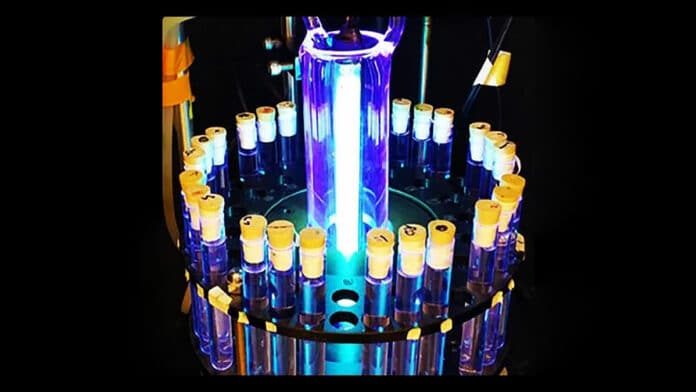The wide application and improper disposal of poly- and per-fluoroalkyl substances (PFAS) – also known as the Forever Chemicals – lead to their ubiquitous occurrence in terrestrial, aquatic and atmospheric environments, which poses a great threat to public health.
Now, researchers at the University of California, Riverside, have developed new methods to chemically break up these harmful substances found in drinking water into smaller compounds that are essentially harmless. The technique could be added to the water purification process to prevent the concerning build-up of these chemicals in our water supply.
PFAS is a family of thousands of chemicals that do not degrade naturally in the environment and are extremely difficult to break down due to their strong chemical bonds. However, their ability to resist heat, water, and lipids makes them incredibly useful in thousands of consumer products. They are present in food packaging, non-stick cookware, clothing, carpets, makeup, and much more.
Since these compounds persist and accumulate in the environment, dairy products and meat from animals exposed to PFAS are also sources of these compounds. In fact, according to a Californian analysis, almost all people tested in one study had PFAS in their blood. Studies have linked exposure to certain levels of these Forever Chemicals to a range of health problems, including increased risk for prostate, kidney, and testicular cancers.
Because of these health effects, federal and state officials are promulgating new cleanup standards for PFAS in drinking water and in groundwater below or emanating from toxic cleanup sites.
The new process infuses contaminated water with hydrogen, then blasts the water with high-energy, short-wavelength ultraviolet light. The hydrogen polarizes the water molecules and makes them more reactive, while the UV light catalyzes chemical reactions that destroy the pollutants.
This one-two punch breaks the strong fluorine-to-carbon chemical bonds that make these pollutants so persistent and accumulative in the environment. During the lab test, the technique was found to boost the degradation of PFOA, one PFAS form, from 10% to 95%, and the defluorination from 17% to 94% compared to other ultraviolet water-treatment methods. Importantly, no no other undesirable byproducts or impurities are generated during the process.
What’s more, the cleanup technology is green. “After the interaction, hydrogen will become water. The advantage of this technology is that it is very sustainable,” said Haizhou Liu, the corresponding author of the paper.
The research team is now marching toward commercialization with help from a $50,000 proof-of-concept grant from UCR’s Office of Technology Partnerships to scale up this patent-pending technology to handle larger volumes of water. They hope that it could eventually be used to treat drinking water and industrial wastewater.
Journal reference:
- Gongde Chen, Sitao Liu, Qingyang Shi, Jay Gan, Bosen Jin, Yujie Men, Haizhou Liu. Hydrogen-polarized vacuum ultraviolet photolysis system for enhanced destruction of perfluoroalkyl substances. Journal of Hazardous Materials Letters, 2022; DOI: 10.1016/j.hazl.2022.100072
